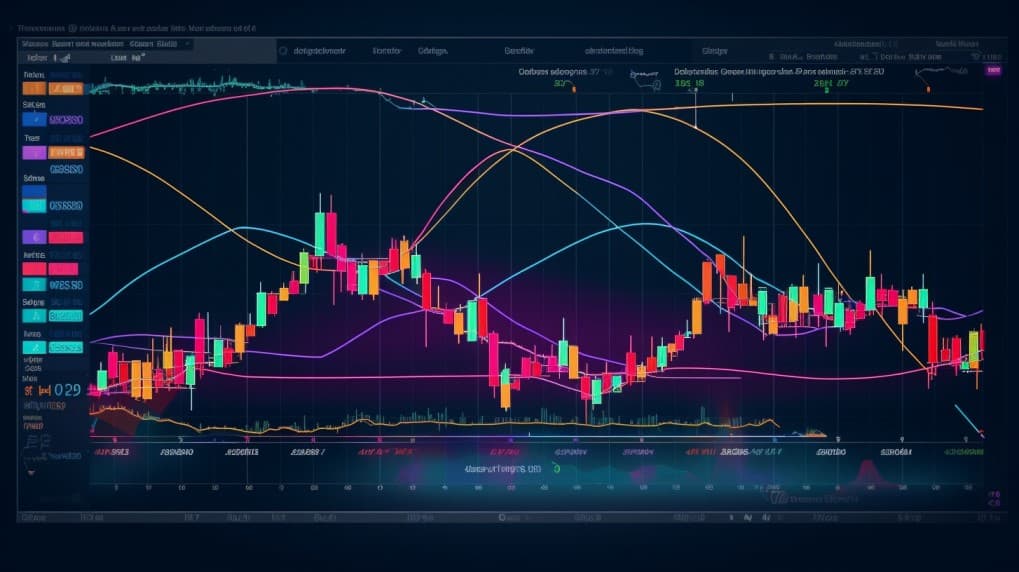
EIS VS ISRA: Capitalization Strategy
Exchange-Traded Funds (ETFs) have redefined modern investing, offering a diversified approach to various market segments and asset classes. In this article, we will undertake an extensive analysis comparing two prominent ETFs: EIS (iShares MSCI Israel ETF) and ISRA (VanEck Vectors Israel ETF). Throughout the following sections, we will delve into key aspects including ETF tickers, full names, issuers, sector allocations, top holdings, capitalization, investment strategies, tracking methodologies, and exposure profiles.
EIS VS ISRA: Overview
EIS and ISRA are two ETFs with distinct strategies within the realm of Israeli equities. While EIS focuses on tracking the MSCI Israel Index, which represents the Israeli equity market, ISRA endeavors to capture the performance of the BlueStar Israel Global Index. These differing benchmarks shape the investment focus and risk factors associated with each ETF.
EIS VS ISRA: Sector Allocations and Top Holdings
The sector allocations of EIS and ISRA reflect the diversity of the Israeli economy. EIS offers exposure to various sectors, including technology, financials, and healthcare. In contrast, ISRA focuses on Israeli companies with a strong presence in technology, healthcare, communication services, and other growth-oriented sectors. Examining the sector allocations and top holdings aids investors in understanding the potential for growth and volatility within each fund.
 EIS overlap EIS VS ISRA: A Comprehensive Comparison of ETFs
EIS overlap EIS VS ISRA: A Comprehensive Comparison of ETFs
EIS VS ISRA: Capitalization and Investment Strategy
EIS and ISRA have distinct capitalizations, with EIS often having a larger asset under management (AUM) due to its longer presence in the market. EIS follows a strategy of tracking the MSCI Israel Index, while ISRA aims to replicate the performance of the BlueStar Israel Global Index. The divergence in investment strategies influences the risk-return profiles of the ETFs, highlighting the importance of aligning investment choices with one's financial goals.
EIS VS ISRA: Tracking Methodologies and Exposure
EIS and ISRA utilize different tracking methodologies to achieve their investment objectives. EIS employs a replication strategy, seeking to mirror the performance of the MSCI Israel Index by investing in a portfolio of Israeli companies. On the other hand, ISRA uses a representative sampling strategy to closely approximate the performance of the BlueStar Israel Global Index. The contrasting tracking methods impact the ETFs' ability to match their respective benchmarks.
Conclusion
EIS and ISRA offer investors unique avenues for accessing the Israeli equity market. Each ETF presents a specialized approach based on its benchmark and investment strategy. To gain deeper insights into the holdings, correlations, overlaps, and other valuable information, ETF Insider provides a user-friendly app for comprehensive exploration. It empowers investors to make informed decisions in the complex world of ETF investing.
Disclaimer: This article does not offer investment advisory services. It is recommended to conduct thorough research and consult with financial professionals before making investment decisions.
Sources:
iShares MSCI Israel ETF (EIS) official website
VanEck Vectors Israel ETF (ISRA) official website
EIS ETF issuer
EIS ETF official page